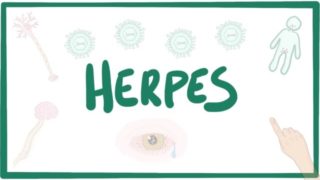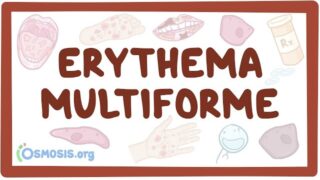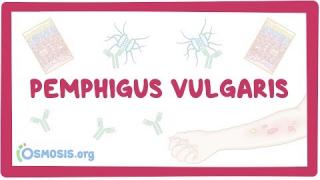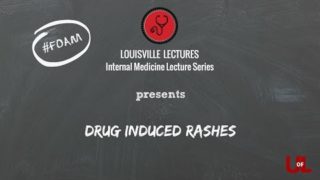Erythema Multiforme
Dr. Carlo Oller talks about erythema multiforme: causes, treatment, complications, and follow up.
Erythema Multiforme
Other Videos You Might Like:
Subscribe
Login
12 Comments
Newest





